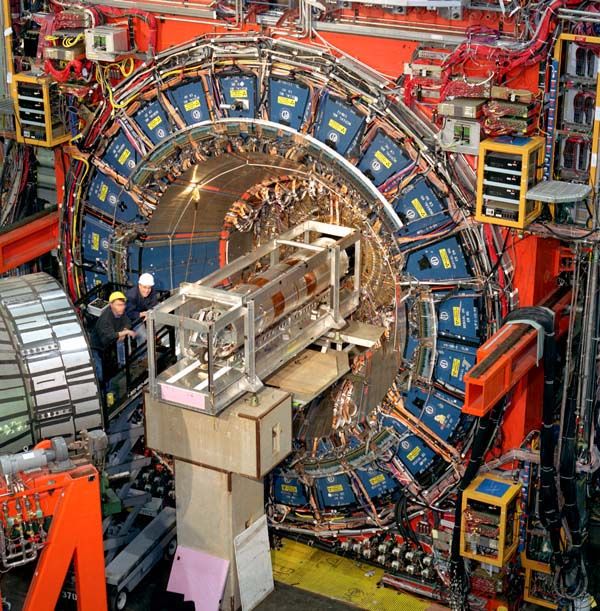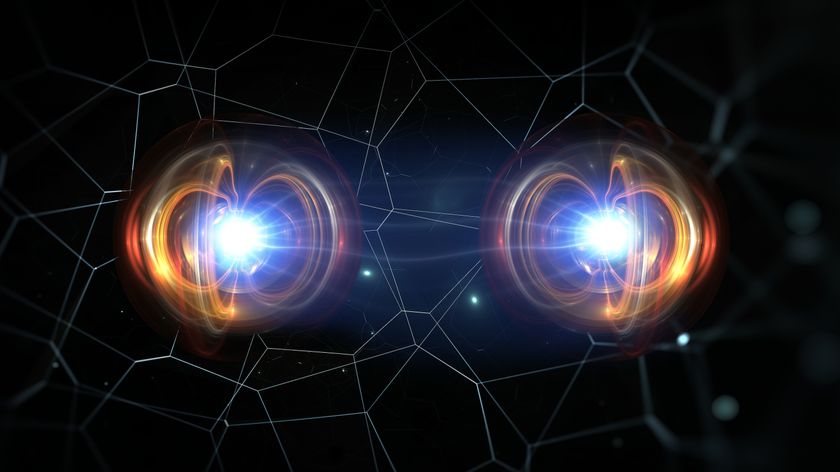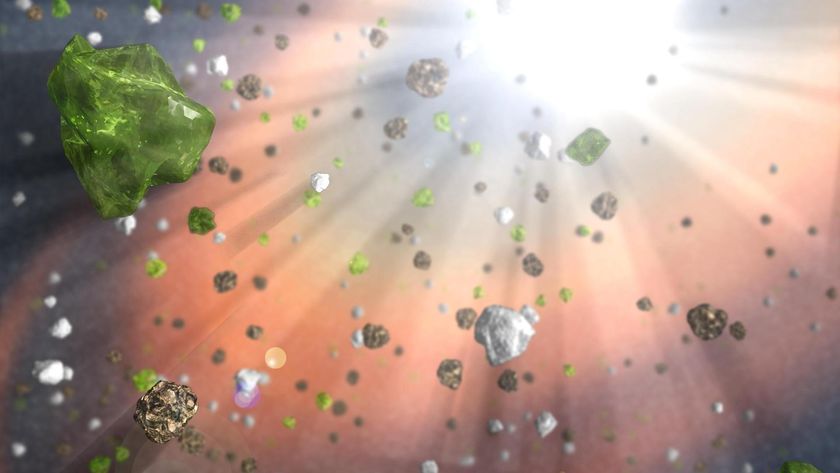New 'Subatomic Particle' Likely a Fluke, Test Finds

A report in April suggesting a giant atom smasher may have detected a never-seen-before subatomic particle had physicists at the edge of their seats with hope, albeit with a healthy dose of skepticism. Now an independent test of the results suggests it was just a fluke.
The tantalizing signal came from the Tevatron particle accelerator at the Fermilab physics laboratory in Batavia, Ill. Inside the accelerator there, particles race around a 4-mile (6.3 km) ring at near light speed. When two particles collide, they disintegrate into other exotic particles in a powerful outpouring of energy. [Wacky Physics: The Coolest Little Particles in Nature]
Scientists there, as part of the Collider Detector at Fermilab (CDF) experiment, found that the collisions between protons and their antimatter partners, antiprotons, produced a higher-than-predicted incidence of a certain pattern of byproducts: one heavy particle called a W boson, and two jets of lightweight particles with a total energy that was unexpected.
The energy of the jets could indicate that they come from a never-before-seen particle, scientists said. While one of the most sought-after theoretical particles is the so-called Higgs boson (aka God particle), the team had said the findings didn't quite match what would be expected for that particle.
Even so, physicists said if confirmed the findings could be "game changing," as it would be the first new subatomic particle discovered since the top quark was found in 1995.
"The whole physics world is buzzing with this result," physicist David Kawall of the University of Massachusetts Amherst told LiveScience in April of the anomaly. Of course, physicists also voiced skepticism, saying the result was a statistical fluke.
Now, following the analysis procedure used by CDF as closely as possible, DZero scientists, also at Fermilab, did not find the same excess in the data.
Sign up for the Live Science daily newsletter now
Get the world’s most fascinating discoveries delivered straight to your inbox.
"This is exactly how science works," said DZero co-spokesperson Stefan S?ldner-Rembold. "Independent verification of any new observation is the key principle of scientific research. At the Tevatron, we have two experiments that, by design, can check each other."
The DZero results have been submitted to the journal Physical Review Letters.
Next, the lab will create a task force to study both experiments' analyses to figure out why they got different results.
Follow LiveScience for the latest in science news and discoveries on Twitter @livescience and on Facebook.












